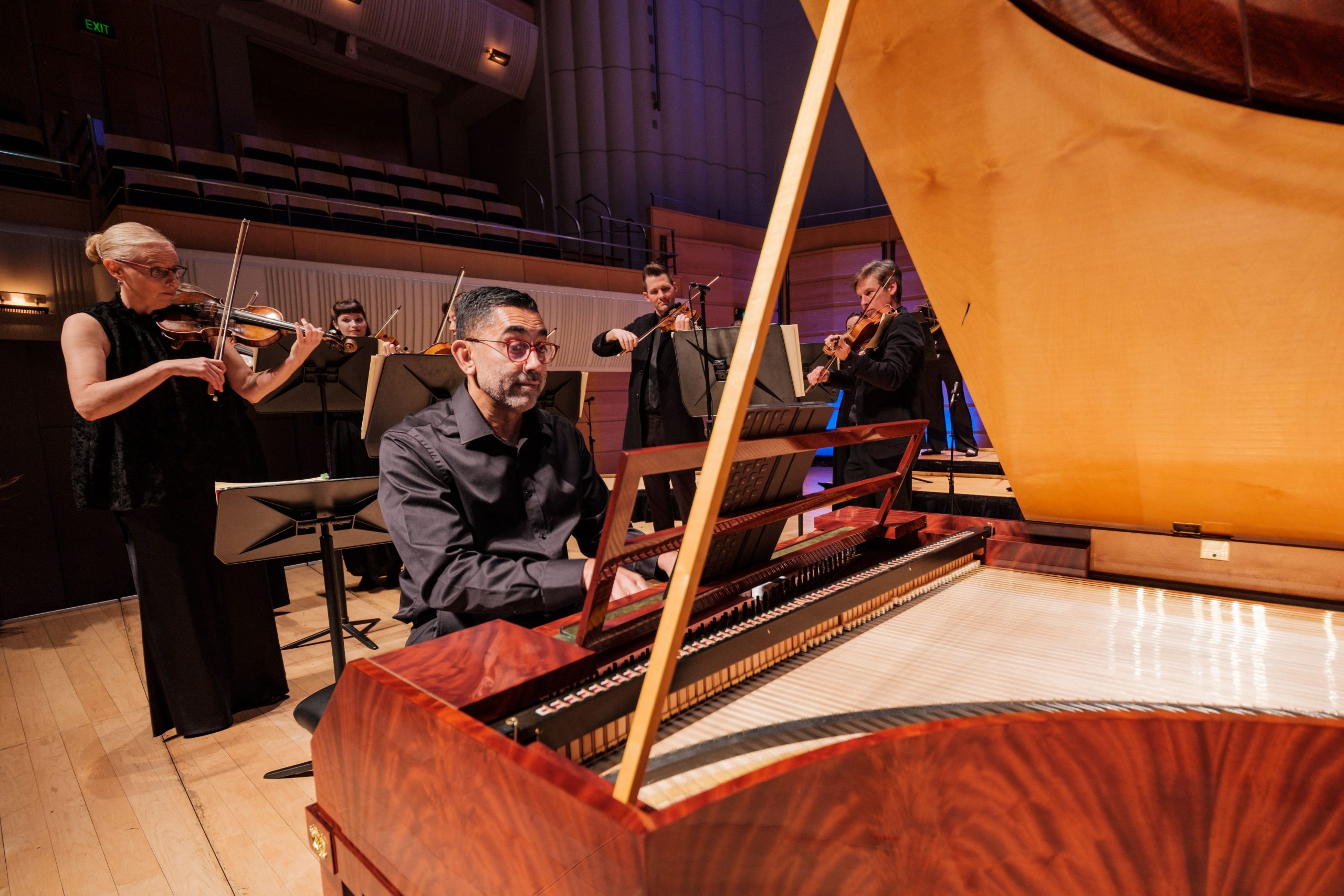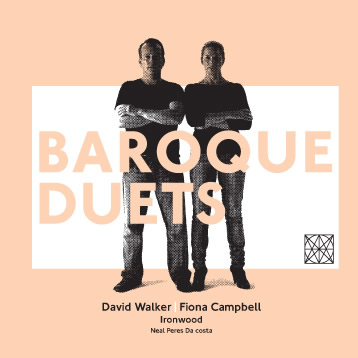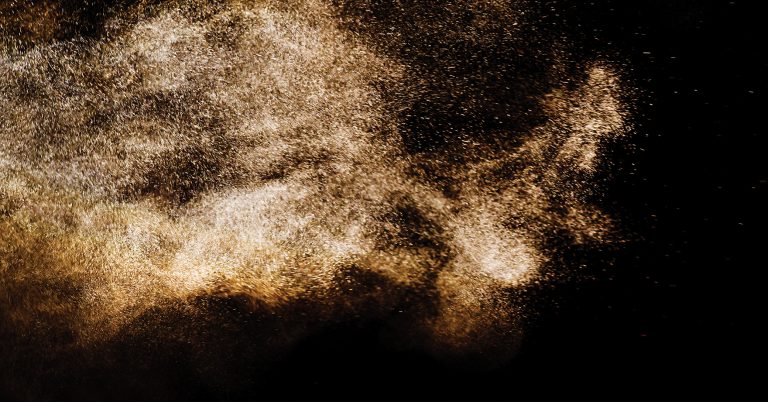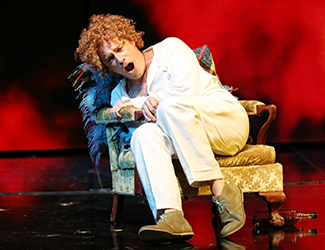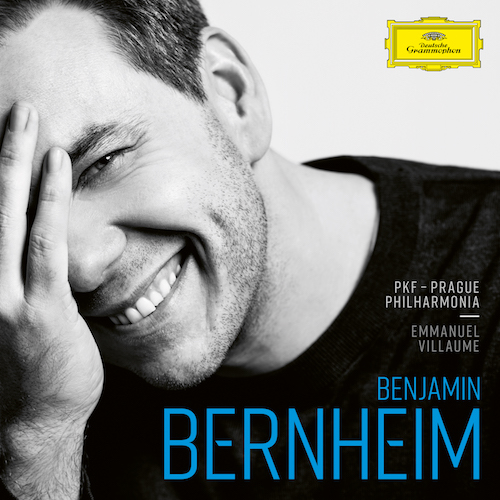Review: The Mozart K.488 Project/ Da Costa/ ARCO
Mozart K.488 Project
Neal Peres Da Costa
Australian Romantic & Classical Orchestra
Not so long ago, the prospect of a Historically Informed Performance (HIP) promised a new and exciting experience. Today, it is no less exciting but hardly new, as the performance of music in historically aware style has become de rigueur especially in a chamber music setting.
HIP embraces theoretical and empirical research and performance practice to re-create the sounds and styles of music as it might have been performed and heard in the time during which it was written. Thanks to technology, the music of the 20th and 21st centuries will be extensively documented for posterity. The performance of music from before these times in a historically aware style, comes with the responsibility of conducting extensive study into reconstructing its performance. Compounding this exercise is the realisation that music performance is never static and original material often has the added patina of interpretations from intervening times, played on instruments not of that time.
Neal Peres Da Costa, Associate Dean Research and Professor of Historical Performance at the Sydney Conservatorium of Music, The University of Sydney, has an international reputation at the vanguard of researching and realising the music of the 17th, 18th and 19th centuries in authentic style, specialising in its performance on the harpsichord and the fortepiano.
It is one such project that has kept Da Costa busy since 2017, travelling to several cities and joining several threads. This project, called the Mozart K.488 Project culminated in 2022, with Da Costa making a recording of a historically informed performance of Mozart’s Piano Concerto No.23 in A Major, K.488 in a collaboration with the Australian Romantic & Classical Orchestra (ARCO), an ensemble which has also been at the cutting edge of HIP.
Rewind to 2017, when the project began, with Da Costa travelling to the Bern University of the Arts in Switzerland to present a paper at the Symposium Rund um Beethoven: Interpretationsforschung heute (All round Beethoven: Interpretive research today). The topic was Carl Reinecke’s Performance of his Arrangement of the Second Movement from Mozart’s Piano Concerto k. 488. Some Thoughts on Style and the Hidden Messages in Musical Notation. Enter Carl Reinecke (1824–1910), the German musical polymath. More of him anon.
As a result of the presentation in Bern, Da Costa was invited to contribute a chapter to a book on Reinecke who published and recorded his own arrangement of the second movement from Mozart’s K.488. Here, the action moves to Leipzig near the turn of the 19th century. The Reinecke arrangement was published in 1896 by the Leipzig company Breitkopf und Härtel as the Andante aus dem Klavierconcert KV 488, arr. Reinecke. Reinecke’s recording was made by the Hupfield company of Leipzig, c. 1904 using a reproducing piano roll. That performance lives on, readily available to posterity in the public domain.
Returning to the present, Da Costa’s project was rapidly developing a life of its own with two invitations to participate in Oxford University Music Faculty’s Arts and Humanities Research Council project Transforming 19th-Century HIP project. Here, Da Costa delivered a lecture recital, playing in Reinecke’s style, along with the presentation of a paper Performing Mozart in the long nineteenth century: Carl Reinecke and the Leipzig Mozart style, at the 2018 conference Perspectives on Historically Informed Practices in Music. Amongst the Oxford project’s many aims, is the formalisation of the growing interest in HIP by gathering multi-disciplinary global experts to ensure that performance practices of the 19th century are taught and implemented as accurately as possible.
Carl Reinecke looms large in the European musical scene of the late 19th century, touring extensively as a performer, composer, teacher, director and court pianist. He was highly regarded by Mendelssohn and the Schumanns. In Paris, he taught Liszt’s daughter Cosima who later married Richard Wagner and who spoke of his ‘beautiful, gentle, legato and lyrical touch’. Above all, Reinecke held conservative views on music performance. Very likely absorbing much of the aesthetics of composers of his recent past, including Mozart, Reinecke believed steadfastly that the preservation of tradition was fundamental to his work. This belief is central to Reinecke’s interpretation of Mozart for which Da Costa now carries the flame, turning to Reinecke for the answer to his question “What exactly did Mozart play as compared with what he wrote down?”
In 2021, ARCO and Da Costa were invited to perform K. 488 at the Canberra International Music Festival followed by ARCO’s national tour in 2022. Drawing on Reinecke’s K. 488 performance as the basis for his realisation, Da Costa says “These practice elements included manual asynchrony (playing melody note apart from the accompaniment), chordal arpeggiation, modifications of rhythm and tempo and ornamentation.” Members of the ensemble too were encouraged to try out different approaches to rhythm and tempo consistent with the practice of those times.
The crucial final piece in this jigsaw came from the University of Sydney Equipment Grant fund, enabling the purchase of a replica Viennese Grand Fortepiano after Walter Sohn c. 1805 made by Paul McNulty (2022), filling a void in the Sydney Conservatorium of Music’s Historical Keyboard Collection. Now, all the elements for a recording fell into place and the specialist period ensemble of 21, led from the violin by Rachael Beesley with Da Costa at the keyboard, gathered at All Saints Church, Hunters Hill in Sydney, Australia, in August 2022, to record this project.
Mozart’s K 488 is well known in history. Horowitz attempted to study Mozart’s performance practices and to implement them, but his 1987 recording of the K 488 which was reportedly not well received. Horowitz powers along on a concert grand piano in an elegant but fast-paced rendition with the Orchestra of La Scala conducted by Carlo Maria Giulini. Artur Rubinstein made his Berlin debut in December 1900, aged 13, playing this piece with the Berlin Philharmonic under Joseph Joachim. The K 488 is also one of only three piano concertos in which Mozart used the clarinet of which he was so fond. This piano concerto is a perfect choice for demonstrating the charms of the fortepiano. With its long lines pleading for ornamentation, it showcases the wider range of the fortepiano keyboard, its capacity to support dynamic effects like accented notes and to define rapid embellishments like trills and turns, appoggiaturas, chromatic scales and diminished, major and minor scales.
The recording is a revelation. I am struck by the entry of the fortepiano. Immediately, there is separation between the notes of the two hands and the sound is distinctive, the tempi pliant. Although softer than the pianoforte with less sustaining power, fortepiano’s rapid decay in sound is compensated for by busy Alberti bass lines, manual asynchrony and embellishments. Da Costa achieves a bright and bell-like sound in the upper register, with a growling sonority in the lower octaves. The judicious highlighting of cadence points with a slight ritenuto and other barely perceptible changes in tempi draw note to the various structural elements of the movement.
The first movement Allegro is introduced at a gentle pace, which slows luxuriously at long phrases while quickening in semiquaver passages. The cadenza ventures to the extremes of the keyboard. Da Costa improvises a bridge passage into the second movement Adagio, a languorous, plaintive Sicilienne, played with aching beauty. The third movement Allegro assai, now surprises with its more nimble speed; displaced accents and tied notes, pizzicato string and imitative scales add interest to the rhythmic texture as the tension builds to a thrilling but restrained finish.
Both ARCO and Da Costa have provided a brilliantly performed exploration of Mozart’s piano style through Reinecke’s legacy, supported by academic rigor. It is also delightful to listen to. We take meticulous care in preserving paintings and other artifacts of the past. Why not music as well?
Shamistha de Soysa for SoundsLikeSydney©
Click here to listen to the recording.
Read our review of the DA Costa/ Oguey recording of works for Cor Anglais and Piano.
Image Robert Catto.

